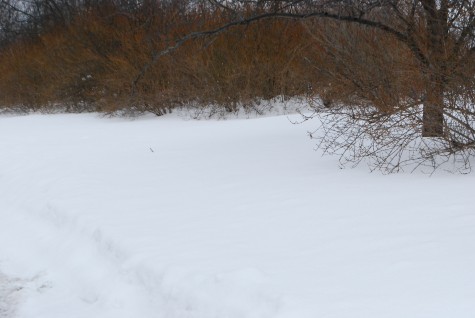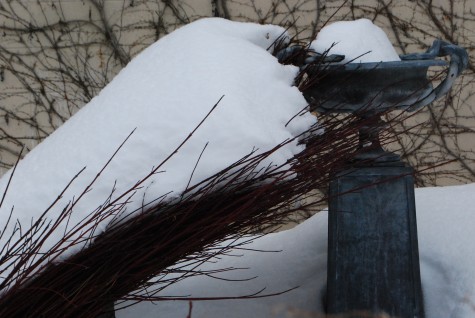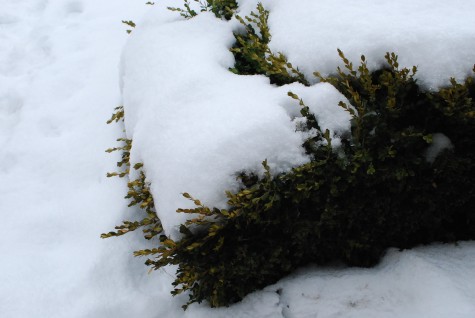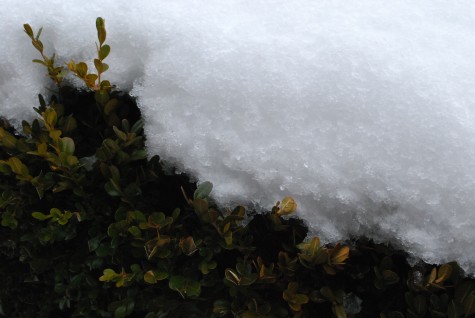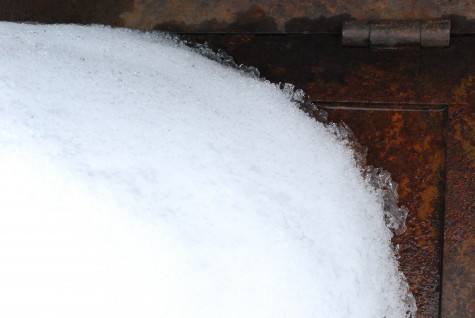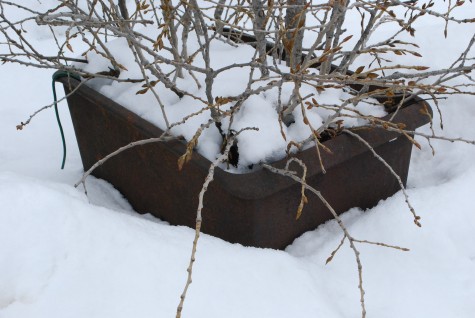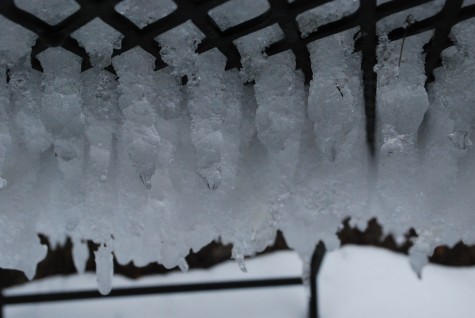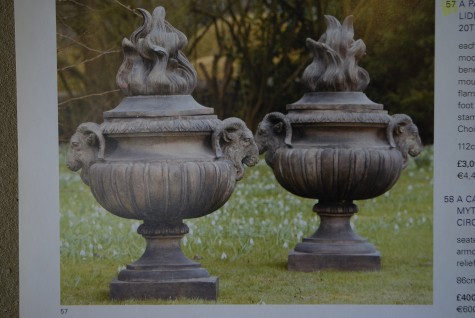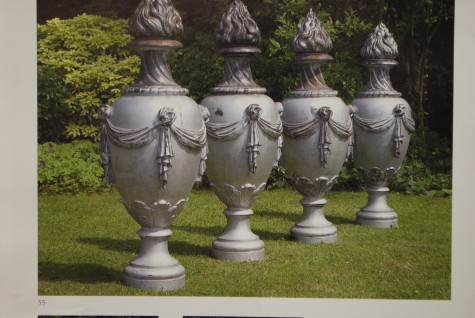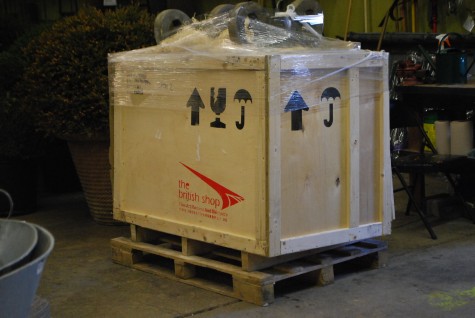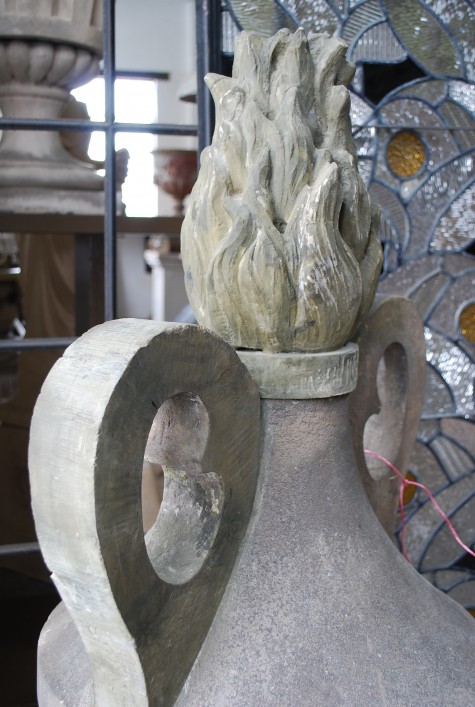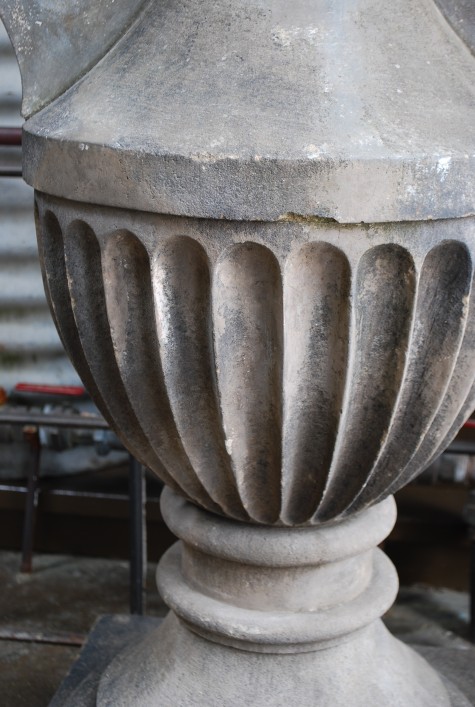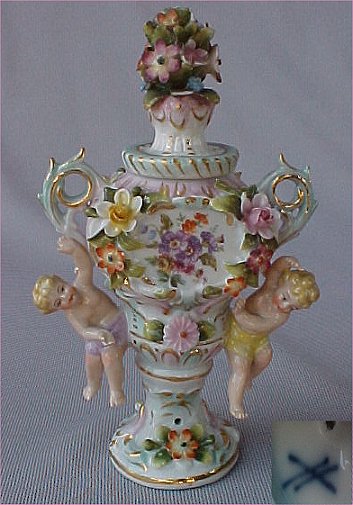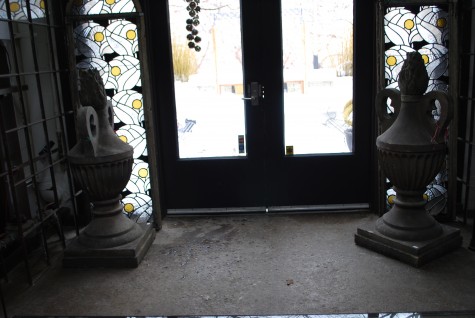I had to have woken up 5 times last night. Every time I came to, I tuned into a streaming stream of consciousness. All of this unconscious activity-about hanging baskets, for heavens sakes. Given my Sunday Opinion post, I have a personal pop quiz coming up in just a few days. I am waking up at night, studying. Oh yes, I dream about everything and anything related to gardening. Regularly.
This morning a sheet of ice on a Birmingham sidewalk that put me flat on my back proved to be my Monday undoing. A trucker parked at the curb who answered my cry for help dialed 911. The violent shock of my landing made it impossible for me to move my arms. This scared me plenty; I thought I had broken my neck. This was my first 911 experience. The ensuing 6 EMS paramedics summoned via 911 scooped me up, checked me out, and sent me home with this advice. Take 3 Advil every four hours. If the pain persists, see your internist. The Birmingham EMS-wow. They were incredible. My embarrassment about calling 911 was worse than the pain, but every one of them made me feel like I had made the right decision to call them. I actually did not make the decision-a truck driver who saw me took charge as if he called 911 every day. I do not know his name, but he got on his phone, and stayed with me until the paramedics arrived.
I have used the term 911 on occasion. A deadline, an event for a client, a landscape in need. I see now that this is foolishness. There are troubles and problems yes-but an emergency is an entirely different landscape. The EMS people checked me out thoroughly. Oh yes, my blood pressure was stratospheric. But no broken bones, no head trauma-they sent me on, with clear instructions.
I am home now. All I would ever want for my life is to be home at the end of the day. My home, my garden, my family (this means Buck) -this is what I need. I have a new and unusually clear understanding of certain priorities. Today I feel worse, but lucky.
Nature-I do not fault her for the ice. Why would I? Winter weather implies ice, does it not? I walked onto the ice, and went down. The most trying upshot of my unexpected fall-very sore hands. The biggest insult, thumbs that are too sore to use. Every pair of hands, working the soil, growing vegetables, typing essays, planting starts -hands are essential. I am sure mine will be fine in no time, but I am especially aware of what an important tool they are today.
